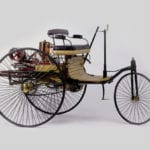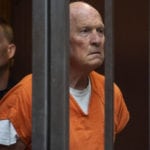 Weird Stuff
Weird Stuff  Weird Stuff
Weird Stuff  Politics
Politics 10 Political Scandals That Sent Crowds Into the Streets
 Weird Stuff
Weird Stuff Ten Bizarre Facts About The Doge Meme
 Our World
Our World 10 Ways Your Christmas Tree Is More Lit Than You Think
 Movies and TV
Movies and TV The 10 Coolest Stars to Set Sail on The Love Boat
 History
History 10 Things You Didn’t Know About the American National Anthem
 Technology
Technology Top 10 Everyday Tech Buzzwords That Hide a Darker Past
 Humans
Humans 10 Everyday Human Behaviors That Are Actually Survival Instincts
 Animals
Animals 10 Animals That Humiliated and Harmed Historical Leaders
 History
History 10 Most Influential Protests in Modern History
 Weird Stuff
Weird Stuff 10 Funny Ways That Researchers Overthink Christmas
 Politics
Politics 10 Political Scandals That Sent Crowds Into the Streets
 Weird Stuff
Weird Stuff Ten Bizarre Facts About The Doge Meme
Who's Behind Listverse?

Jamie Frater
Head Editor
Jamie founded Listverse due to an insatiable desire to share fascinating, obscure, and bizarre facts. He has been a guest speaker on numerous national radio and television stations and is a five time published author.
More About Us Our World
Our World 10 Ways Your Christmas Tree Is More Lit Than You Think
 Movies and TV
Movies and TV The 10 Coolest Stars to Set Sail on The Love Boat
 History
History 10 Things You Didn’t Know About the American National Anthem
 Technology
Technology Top 10 Everyday Tech Buzzwords That Hide a Darker Past
 Humans
Humans 10 Everyday Human Behaviors That Are Actually Survival Instincts
 Animals
Animals 10 Animals That Humiliated and Harmed Historical Leaders
 History
History 10 Most Influential Protests in Modern History
10 Unexpected Firsts Left Out Of The History Books
The easiest way to get into the history books is to do something first. That’s why everyone on Earth knows the name of Yuri Gagarin, but only space nerds know of Alan Shepard. Timing is crucial.
Or is it? Look beyond what you learn in 10th-grade history, and you’ll find a wealth of people, things, and events that were the earliest of their kind yet remain curiously unrecognized today. In some cases, this is due to new evidence only recently coming to light. In other cases, it’s because we straight-up forgot about them.
10 TV’s First Interracial Kiss
It’s often said that Star Trek featured TV’s first interracial kiss, when Captain Kirk was mind-controlled into locking lips with Lieutenant Uhura. Some pop culture fans know that British ITV show Emergency Ward 10 got there four years earlier, with nary a mind-controlling alien in sight.
But even that quick kiss wasn’t the very first. In 2015, the British Film Institute (BFI) announced that it had recovered a lost TV drama called You in Your Small Corner. It featured an onscreen kiss between a black man and a white woman that predated Emergency Ward 10 by two whole years. This 1962 kiss wasn’t the chaste brushing of lips that viewers got with ITV’s later show. It was a full-blown, steamy make-out session that dissolved into a post-coital smoke. Not only had the characters kissed onscreen, but it was clear within the narrative that they also had sex.
Interestingly, British reviewers focused more on the scene’s class aspect. The girl, played by Elizabeth MacLennan, was working-class, while her Jamaican boyfriend, played by Lloyd Reckord, was middle-class and on his way to Cambridge university. The Daily Telegraph mentioned the kiss breaking “barriers of class and intellect” but said nothing whatsoever about race.
9 The Earliest Female Voters
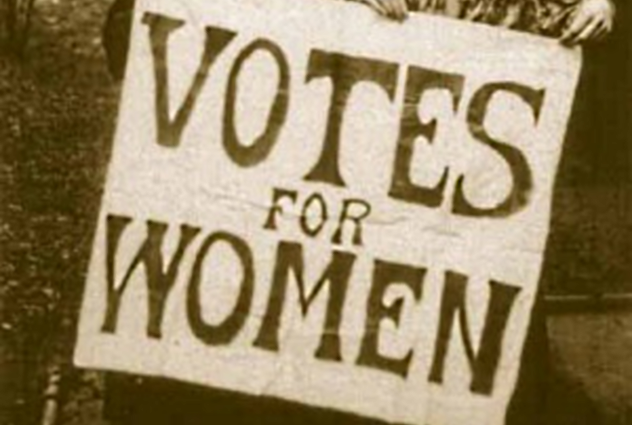
The period immediately after World War I was a great time for women’s rights. The 19th Amendment gave all US women the right to vote, while the UK begrudgingly opened up voting to any woman over the age of 30. These rights weren’t quite as newfangled as they may have appeared, however. In both countries, women had been voting since long before World War I.
In the UK, some parishes legally allowed women to vote on local matters during the Victorian age. A poll book for electing the assistant overseer of the poor for the parish of St Chad’s lists 30 women who took an active part in the election. That vote was held in 1843. Thanks to the oddities of Victorian voting law, one rich woman was allowed to vote four separate times.
Of course, it’s one thing to vote on a local matter and another thing entirely to influence a national government. Yet in 1867, British women did exactly that. A law in Manchester had just been passed to give all ratepayers the vote, but lawmakers forgot to exclude women. Led by Lily Maxwell, a group of local women used the loophole to vote in a by-election. Oddly enough, the exact same thing had happened in Australia three years beforehand.
Even these pioneers have nothing on their US cousins. Wyoming is famous for granting women the vote in 1869, but really, we should be celebrating New Jersey. (That’s not a sentence you read very often.) The state enshrined women’s right to vote in 1797. Thanks to vague phrasing in New Jersey’s constitution, it’s possible that the right had technically existed since 1776. It’s a shame that they chose to take it away in 1807.
8 The First Black Presidential Candidate
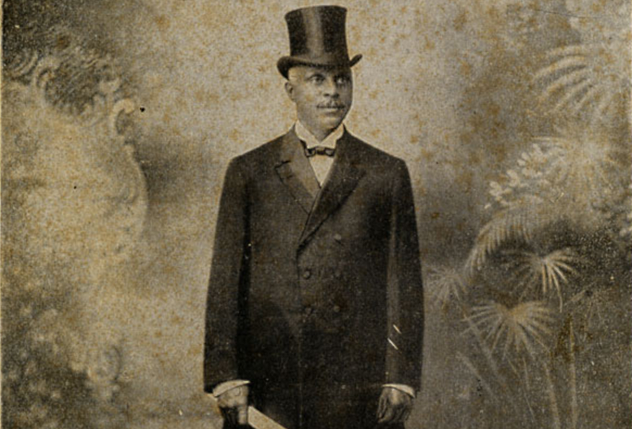
In 1972, Shirley Chisholm sent America’s political scene into meltdown by running for president. The first African-American congresswoman in history, Chisholm was an important pioneer in many respects. She wasn’t, however, the first black person to run for the presidency. That honor fell to former solicitor George Edwin Taylor. He kicked off his campaign in Iowa in 1904.
The period during which he ran has often been called the nadir of race relations in the US. Lynchings were common, distrust was high, and the Ku Klux Klan would eventually receive a massive recruitment boost from the 1915 D.W. Griffith film Birth of a Nation. Taylor himself was the son of a former slave. In spite of the hostile climate, Taylor made himself the candidate for the National Negro Liberty Party. He then battled to get as many votes as he could in a country crawling with racism.
We would love to tell you that there was an inspiring Hollywood ending where Taylor became a challenger to the two main parties. You already know that didn’t happen. Taylor’s historical candidacy netted a mere 2,000 votes. For a black man in 1904, with no funding whatsoever, that was still one heck of an achievement.
7 The First ATM
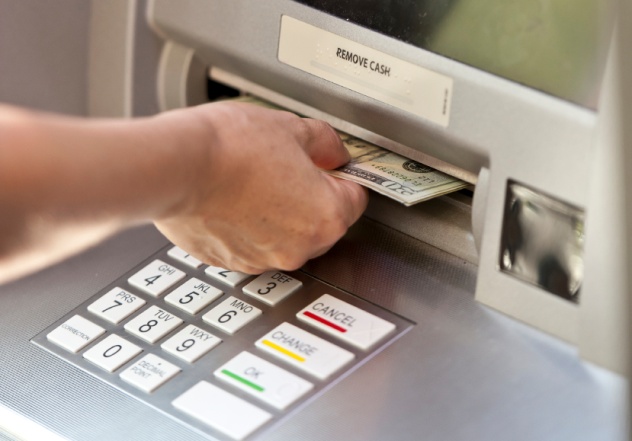
In London, one of the city’s iconic blue plaques is hoisted on the outside of a Barclay’s bank. It commemorates June 27, 1967, when the world’s first ATM, designed by John Shepherd-Barron, was put into operation. As boring as ATMs are, it was still a revolutionary moment in the history of finance and deserved a plaque. The only trouble is that the Barclay’s ATM wasn’t the world’s first. It was beaten to the post by seven whole years.
In 1960, Luther George Simjian installed his first “Bankograph” in New York City. A machine for depositing money and checks, it was so novel that it provided customers with photographs of their money as a receipt—meant to reassure them that the tellers wouldn’t keep it. A few prototypes spent several months in the lobby of a bank but were eventually canned because they didn’t catch on. Simjian supposedly claimed that the only people using them were “prostitutes and gamblers.”
Admittedly, the Bankograph could only be used to deposit money, not withdraw it like the Barclay’s machine. However, there’s some evidence that Shepherd-Barron was beaten to this, too. Smithsonian Magazine claims that a cash dispenser may have appeared in Japan shortly before the ATM’s London debut.
6 The First Woman In Space
As mentioned in the introduction, many people know that Yuri Gagarin was the first man in space, but what about the first woman? A ton of trivia fans just yelled the name “Sally Ride” at their screens. As groundbreaking as Ride’s 1983 flight was, she was far from being the first woman in space. That honor had been taken since Valentina Tereshkova blasted off in 1963.
A Russian cosmonaut, Tereshkova was an accomplished parachutist who managed to get into the Soviet space program despite her lack of experience as a pilot. Nonetheless, she absolutely smashed the training program, as evidenced by her quick progression from “astronaut in training” to “first woman in history to orbit the Earth.” On June 16, 1963, barely two years after Yuri Gagarin made history, she took off in the Vostok 6 and flew around the Earth 48 times.
So why don’t we know about her? For that, you can thank both the Cold War and our old friend, sexism. Life’s article on Tereshkova focused more on her hairdo and blue eyes than her record-breaking flight. Popular Science, on the ball as ever, didn’t even mention her until 1965. Meanwhile, the US government tried to distract attention from Russia’s phenomenal achievement by claiming that it was all a publicity stunt. One NASA source claimed that the idea of a woman in space made him feel “physically ill.” We’re guessing he wasn’t a fan of Barbarella.
5 TV’s First Mainstream Gay Drama
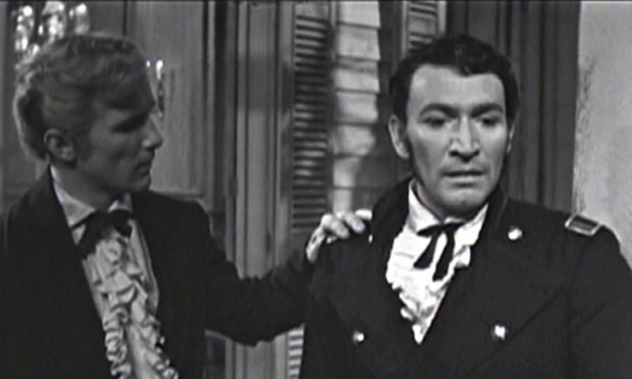
Homosexuality is now much more common and accepted than it once was. It goes without saying that things were very different in 1959. Homosexuality was still illegal in the US and UK, and while some films had dealt with the topic, TV had shied away from it. That all changed with the broadcast of South.
A UK drama that aired on ITV (the same channel to later show the first interracial kiss), South featured a Polish army lieutenant stranded in the American Deep South as the Civil War approaches. He falls in love with a handsome army officer named Eric. Unlike the onscreen kiss in You in Your Small Corner, South was very much an implicit affair. Viewers were asked to read between the lines to discover the lieutenant’s real feelings. This isn’t to say the subtext was accidental. When the one-off drama was rediscovered in 2013, the BFI hailed it as a milestone in LGBT cultural history.
Another difference between South and You in Your Small Corner was how viewers reacted. While the interracial kiss was generally lauded or ignored, South had the British press up in arms. One jaw-droppingly offensive review simply read:
I do NOT see anything attractive in the agonies and ecstasies of a pervert, especially in close-up in my living room. This is not prudishness. There are some indecencies in life that are best left covered up.
4 The First Statue Of Liberty
The Statue of Liberty is one of those landmarks, like the Eiffel Tower and the Sydney Opera House, that it’s hard to imagine looking even slightly different. If the designer, Frederic-Auguste Bartholdi, had had his way, however, the differences would’ve been significantly more than “slight.” Bartholdi’s original designs had the Statue of Liberty as a Muslim peasant woman.
If you’re thinking that would’ve made a strange fit for New York City, it’s because Bartholdi didn’t intend his statue to stand anywhere near there. He didn’t even intend for it to stand in the US. The statue was meant to stand at the head of the Suez Canal in Egypt. Conceived in 1855, its central figure was still known as Libertas, but the statue’s name was very different. Instead of “Liberty Enlightening the World,” her official name would have been “Egypt Carrying the Light to Asia.”
Although Bartholdi was extremely enthusiastic about his vision, Egypt didn’t exactly share that enthusiasm. Then-Khedive Isma’il Pasha rejected it as too expensive and had a lighthouse built on the site instead. Not one to let a good idea go to waste, Bartholdi repurposed his plans many years later into the now-iconic Lady Liberty.
3 The First Stonehenge
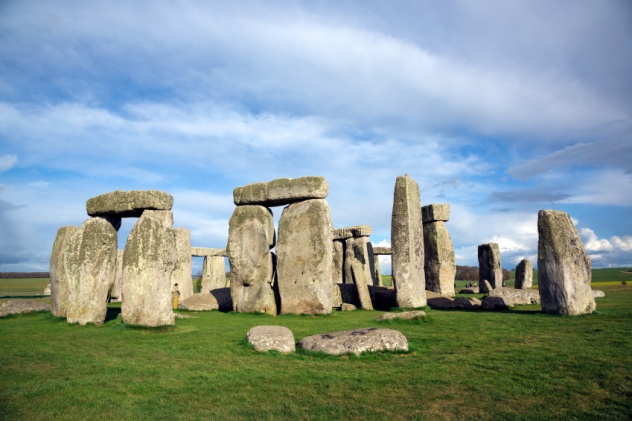
Located in the historic county of Wiltshire, Stonehenge is often considered the quintessential English monument—low-key yet still somehow brilliant. Then again, it might not even be English at all. A new theory suggests that Stonehenge is actually a rebuilt version of an earlier monument that was transported from many miles away. If true, it would mean that England’s most famous landmark originally stood in Wales.
It has always been known that the stones themselves came from Welsh quarries, but it was assumed that they were simply mined and then immediately carried to Wiltshire. However, recent radiocarbon dating on the quarries shows that the stones were carved over 500 years before they were assembled on Salisbury Plain. Although there are many possible reasons for this, researchers prefer the theory that the monument was initially set up in Wales and then abruptly moved nearly half a millennium later.
At this point, this is still a theory (the find wasn’t even announced until December 2015) so it may be that the scientists are way off. On the other hand, it could mean that the greatest English monument is technically Welsh.
2 The First Images Of Christ
Close your eyes for a second and try to picture Jesus Christ. Chances are you’re seeing a bearded guy with long hair and improbably Anglo-Saxon features. If you’d drawn that image in the early years of the church, no one would have had any idea who it was meant to be. The earliest images of Christ are fascinatingly strange.
In 2014, a fourth-century depiction was found outside Linares, Spain. Engraved on a bowl believed to have once been used for the Eucharist, it featured a Christ totally unlike our modern version. His hair is close-cropped instead of being long and flowing. He’s rocking out in a Greek-style philosopher’s toga instead of the usual simple robes. The biggest change comes with the facial hair. Instead of sporting history’s first hipster beard, the Son of God is completely clean-shaven.
Other early depictions are equally different from what you’d expect. One dug up in Egypt in 2014 shows Christ with curly hair. There’s even a very early piece of graffiti that appears to be mocking Christians by depicting a crucified Jesus with the head of a donkey.
Perhaps it’s not surprising that early depictions of Jesus are so unlike what we’d expect, given the vast distances and different peoples involved. Nevertheless, it’s still interesting to see just how much things have changed.
1 The First Interracial Marriages In The US
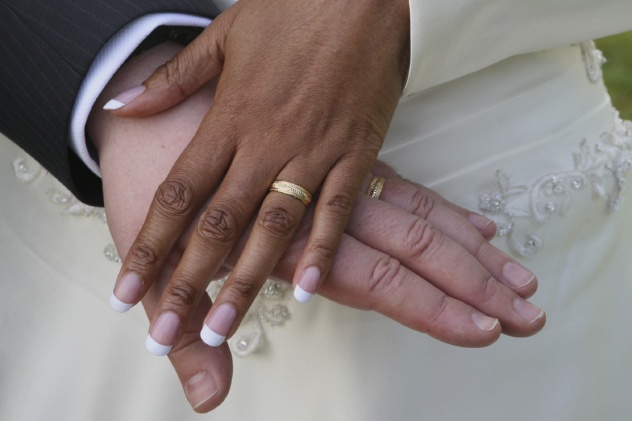
As late as 1967, several US states still had laws on their books banning interracial marriage. In Alabama, it remained part of the state constitution until 2000. As a result, many think that interracial marriages between whites and blacks only really began in the Civil Rights era. History says otherwise. There have been interracial marriages in America since before the United States even existed.
We’re not just referring to things like the story of Pocahontas. In the 17th century, there were a significant number of marriages between blacks and whites in the English colonies of Virginia and Maryland. We know the number was significant because the first anti-miscegenation laws were passed in 1664 in direct response to them. Even back in those days, such laws didn’t always last very long. Colonial Pennsylvania passed anti-miscegenation laws in 1720 but had repealed them by 1780. Around the time of the Civil War, dozens of states sought to show how different they were from the South by legalizing interracial marriage. During Reconstruction, even Alabama declared its own anti-miscegenation laws unconstitutional—although they would later be reinstated.
Some states never even enacted such laws in the first place. At no time did Connecticut, New Hampshire, New York, New Jersey, Vermont, Wisconsin, Minnesota, or the District of Columbia legally stop whites and blacks from getting hitched. (Neither did Alaska or Hawaii, but their histories are significantly different than those of the mainland states.) Far from being an innovation of the 20th century, or even the 19th, interracial marriages have been with America for centuries.

